Social media has completely changed how we discover travel spots, though not always in good ways. Hidden gems and quiet retreats have become overcrowded tourist traps due to viral photos and influencer posts. The natural beauty that originally made these places special now faces threats from massive crowds, environmental damage, and commercialization that strips away their authentic character.
Today’s digital tourism often prioritizes getting the perfect shot over actually experiencing a destination. Here is a list of 19 destinations that have suffered tremendously from their Instagram stardom.
Antelope Canyon, Arizona

This breathtaking slot canyon became a social media darling, yet the fame brought devastating consequences. What used to be a sacred Navajo site with relatively free exploration now requires expensive guided tours and strict time limits.
The never-ending stream of photographers creates bottlenecks, making the mystical experience of solitude in this natural cathedral virtually impossible.
Hallstatt, Austria
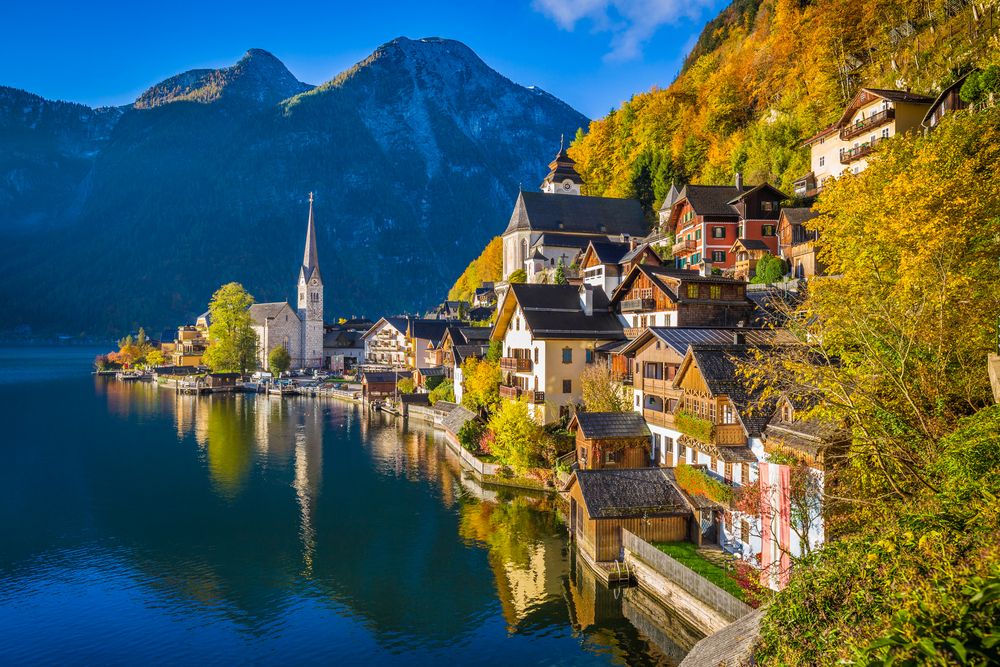
This charming lakeside village, which once housed 800 residents, now welcomes over one million tourists annually following its Instagram explosion. The narrow streets are so jammed with tour buses and selfie-seekers that locals have erected screens to block photographers.
China even constructed a complete replica of the town, as the original had become too popular for its survival.
Like Travel Pug’s content? Follow us on MSN.
Horseshoe Bend, Arizona
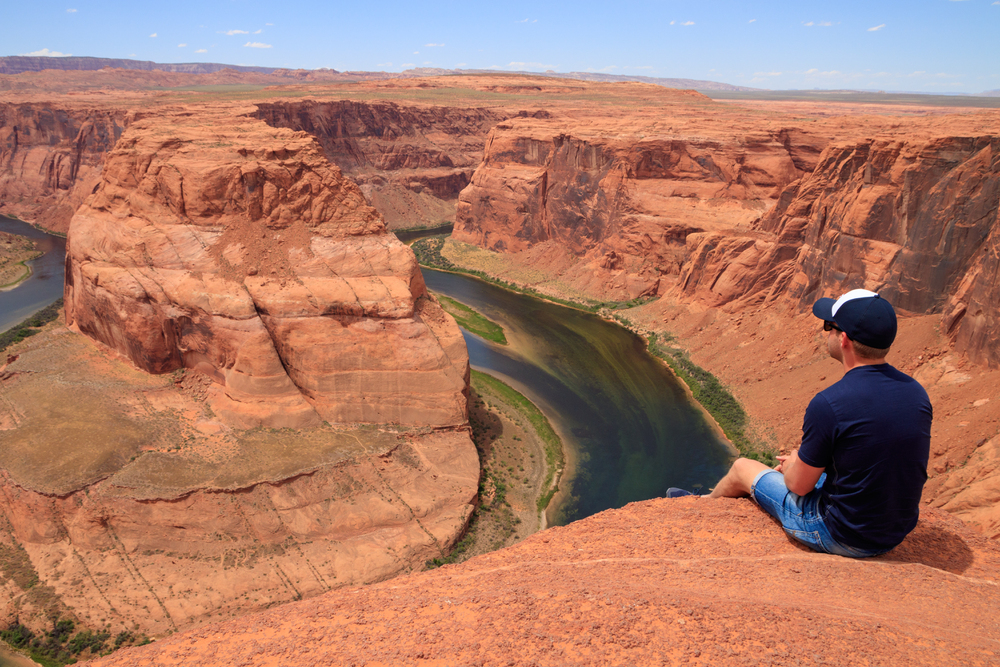
The iconic horseshoe-shaped curve of the Colorado River transformed into a dangerous selfie destination once social media discovered it. Park officials installed railings and implemented parking fees after multiple visitor fatalities, plus the original small dirt lot became hopelessly inadequate.
The peaceful overlook now resembles a crowded observation deck rather than a natural wonder.
Trolltunga, Norway
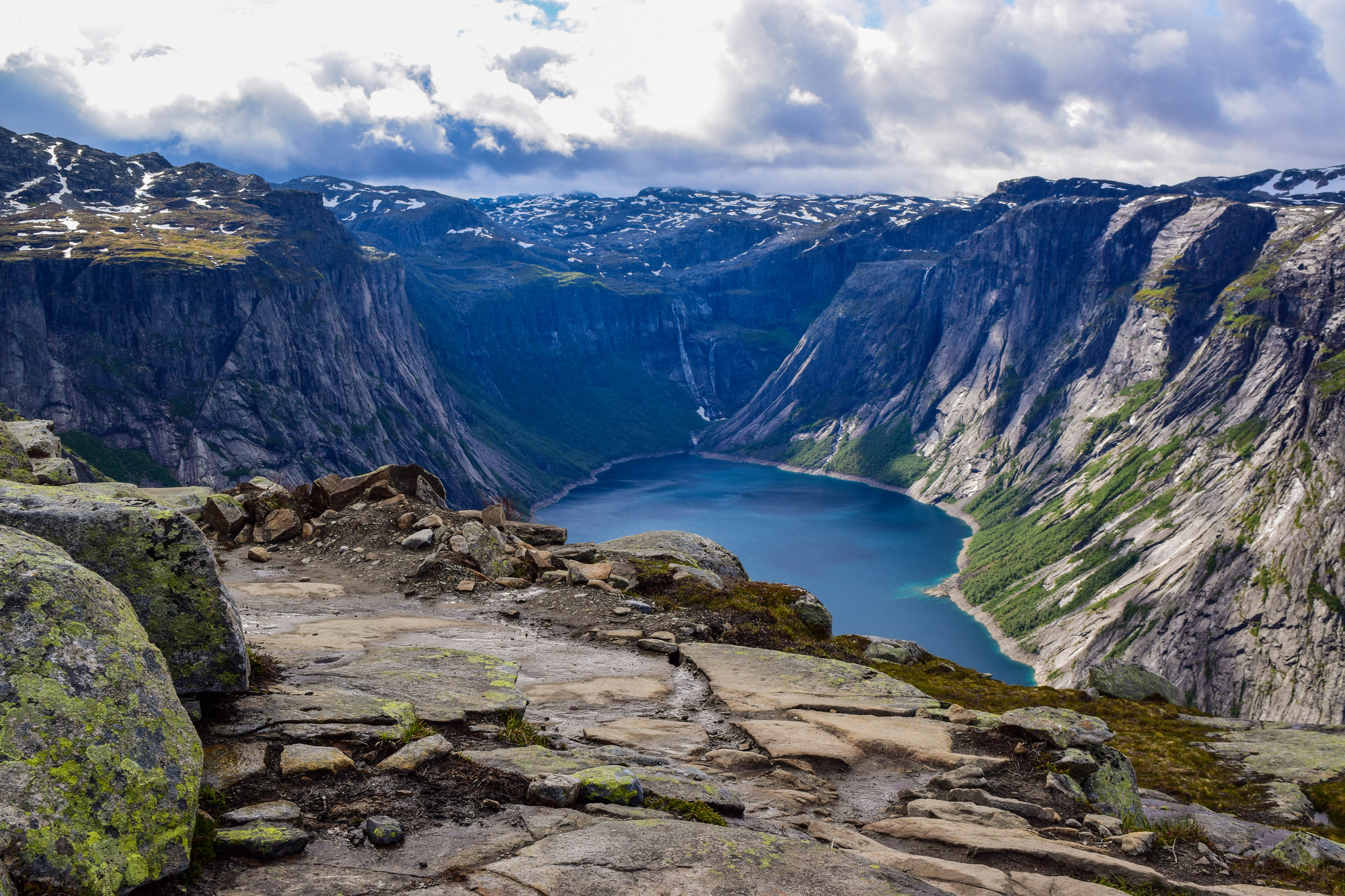
This dramatic rock formation jutting 2,300 feet above a lake became Norway’s most photographed landmark, though popularity created serious issues. The 18-mile hike now attracts massive crowds, turning the trail into a human convoy.
At the same time, rescue operations have increased dramatically as unprepared visitors attempt the challenging trek solely for social content. What once required a few hours often demands an entire day due to photo line queues.
Rainbow Mountain, Peru
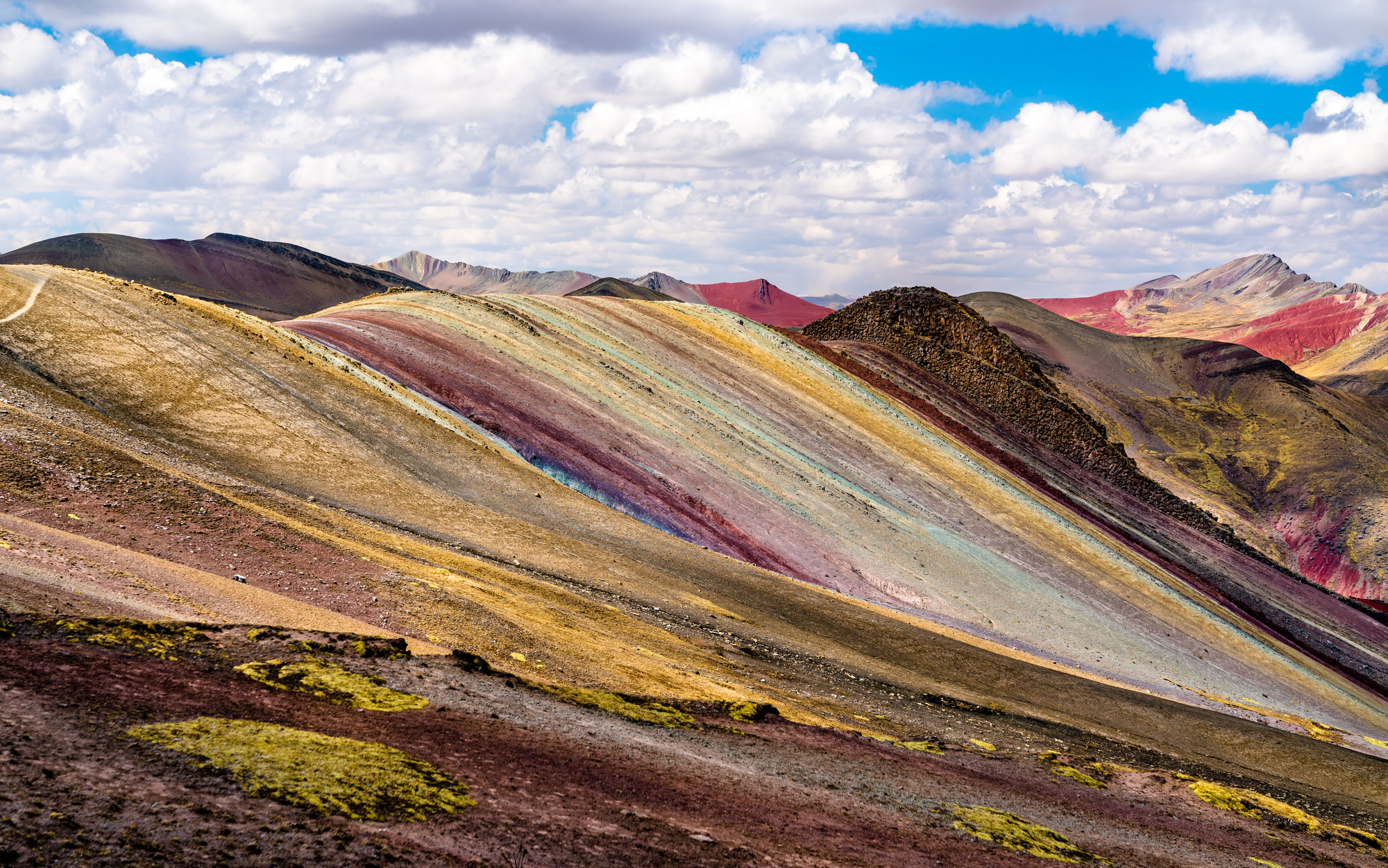
The vibrant mineral deposits of Vinicunca became an overnight sensation, transforming from an unknown peak to Peru’s second most visited attraction after Machu Picchu. The sudden influx of thousands of daily visitors has damaged the fragile ecosystem, and the high-altitude trek has become commercialized with pushy tour operators.
Local communities struggle to balance environmental conservation with economic benefits.
Like Travel Pug’s content? Follow us on MSN.
Santorini, Greece
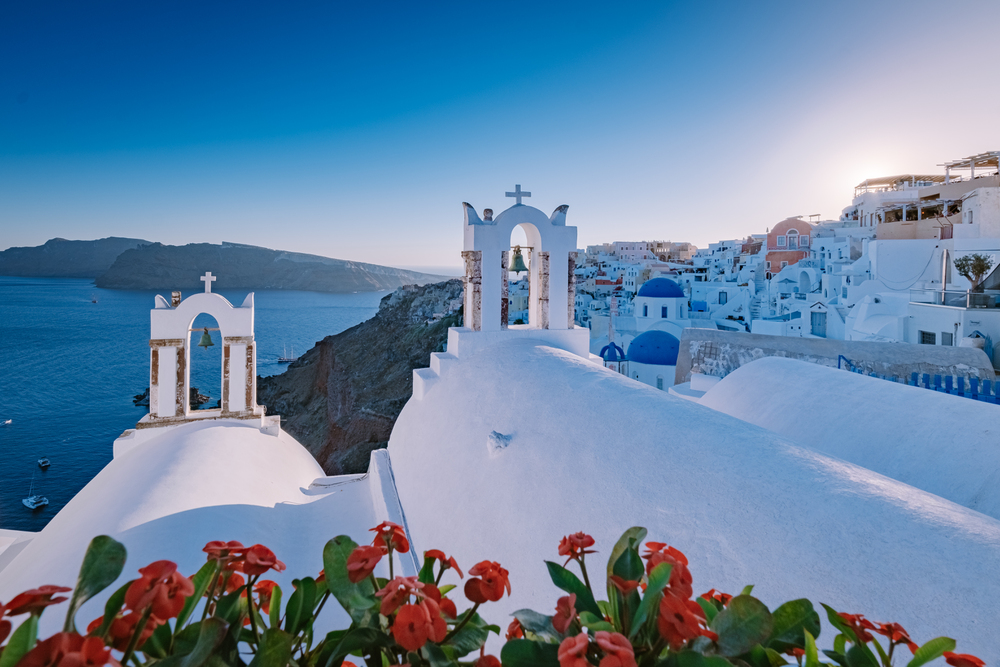
The whitewashed buildings and blue domes of Oia became synonymous with Greek island paradise on social platforms, yet success brought complete chaos. The narrow streets are now so packed during sunset that walking becomes nearly impossible, while cruise ships dump thousands of day-trippers who contribute minimally to the local economy.
Locals face displacement as long-term housing becomes short-term rentals aimed at influencers and tourists.
Fjaðrárgljúfur Canyon, Iceland
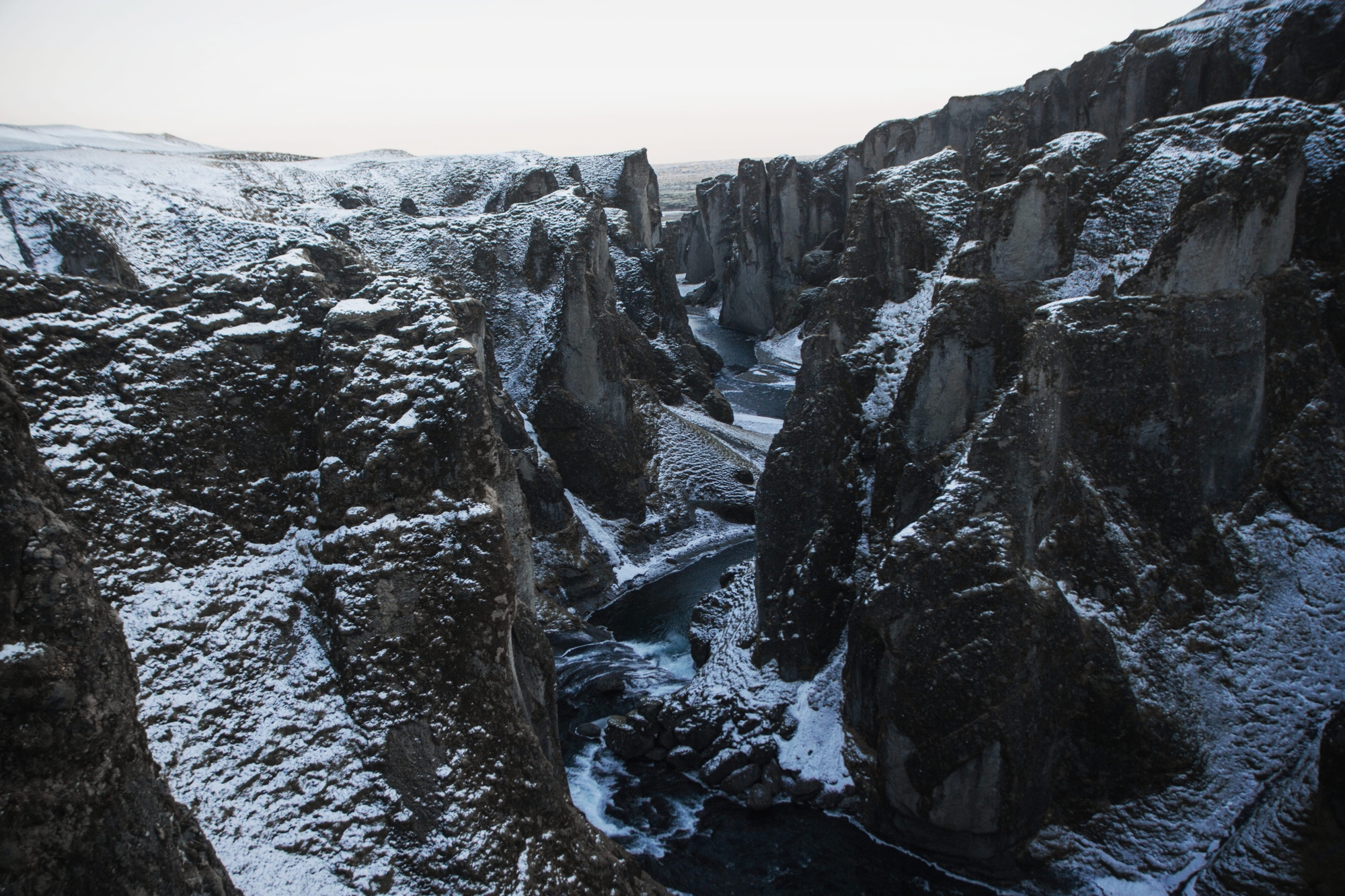
This moss-covered canyon gained international recognition after appearing in a Justin Bieber music video and countless Instagram posts. The delicate moss, which took decades to grow, gets trampled by visitors climbing barriers for photos, forcing authorities to close the area multiple times temporarily.
The canyon’s fragile ecosystem simply can’t handle the visitor volume it now attracts.
Kawah Ijen, Indonesia
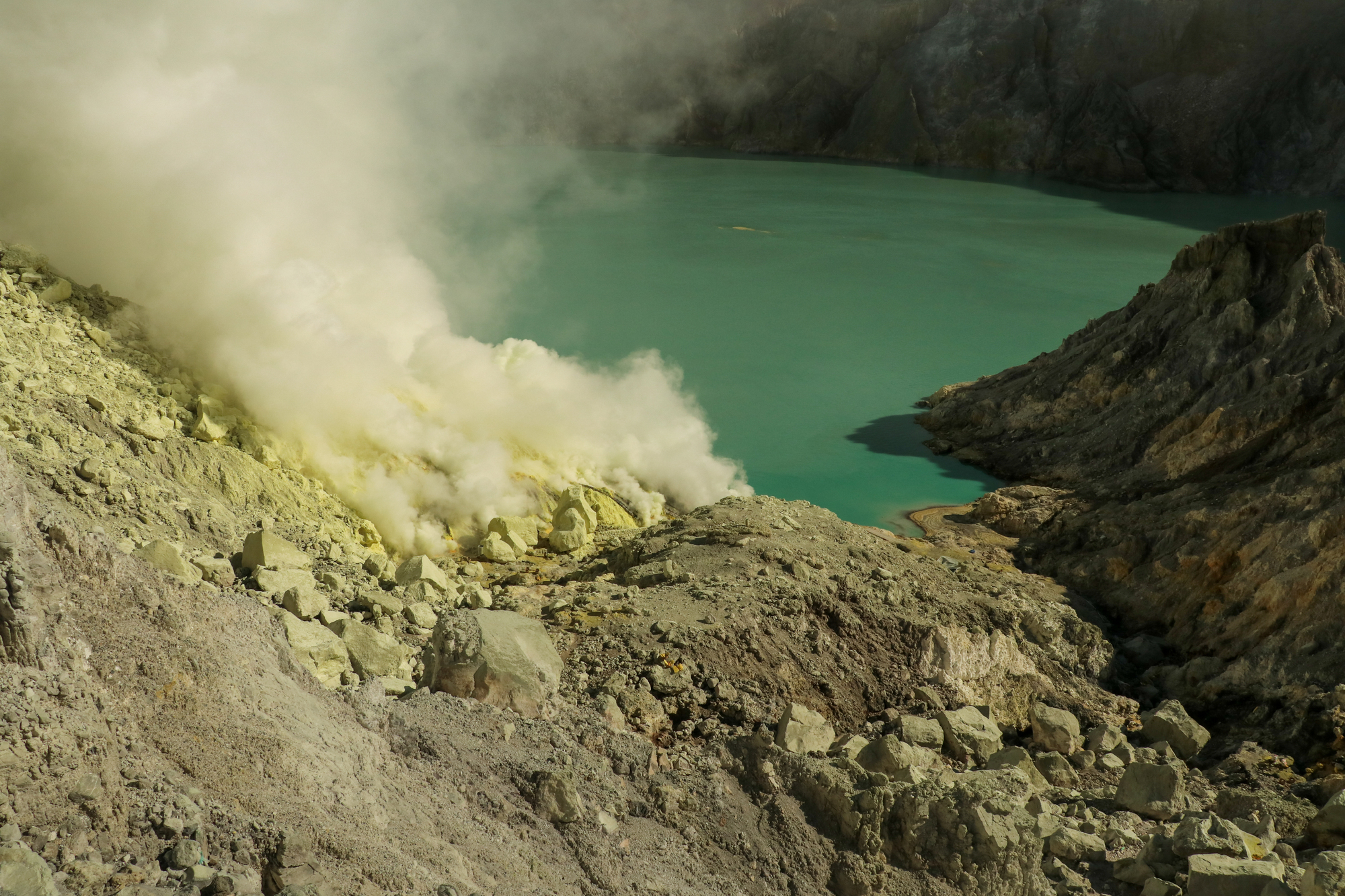
The blue flames of this volcanic crater became a bucket list item for adventure seekers, though overnight popularity has endangered both visitors and local sulfur miners. Tour operators now pack inexperienced hikers onto dangerous nighttime treks, and increased foot traffic disrupts the traditional work of miners who depend on the crater for survival.
The mystical experience has devolved into a crowded photo opportunity.
Like Travel Pug’s content? Follow us on MSN.
Phi Phi Islands, Thailand
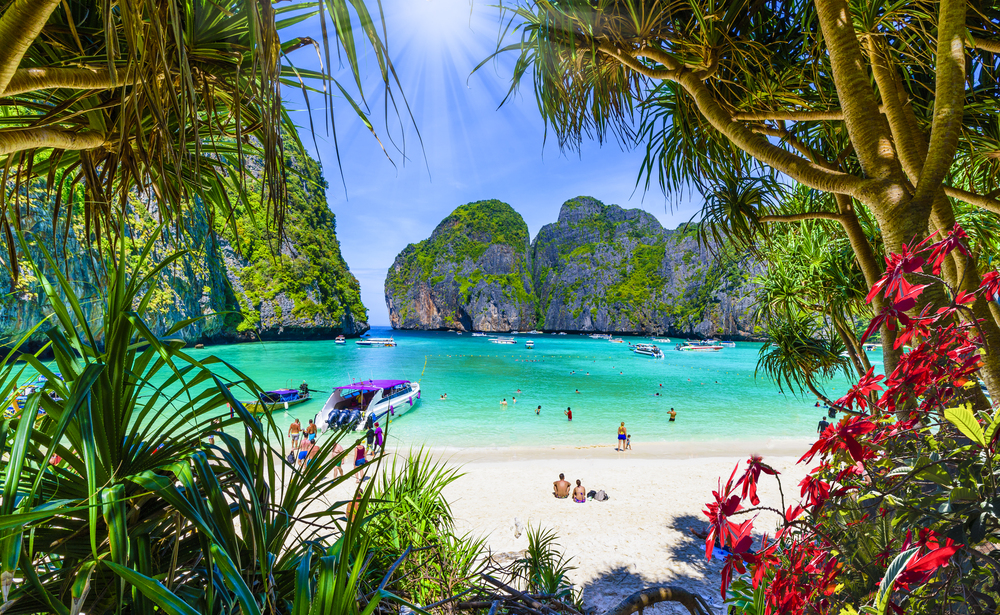
Maya Bay and the surrounding islands gained global fame after Leonardo DiCaprio’s movie and subsequent social media explosion, yet the paradise couldn’t handle the attention. Thai authorities closed Maya Bay indefinitely after coral reefs suffered severe damage from boat anchors and sunscreen pollution—the crystal-clear waters turned murky, and marine life largely vanished from the area.
Chefchaouen, Morocco
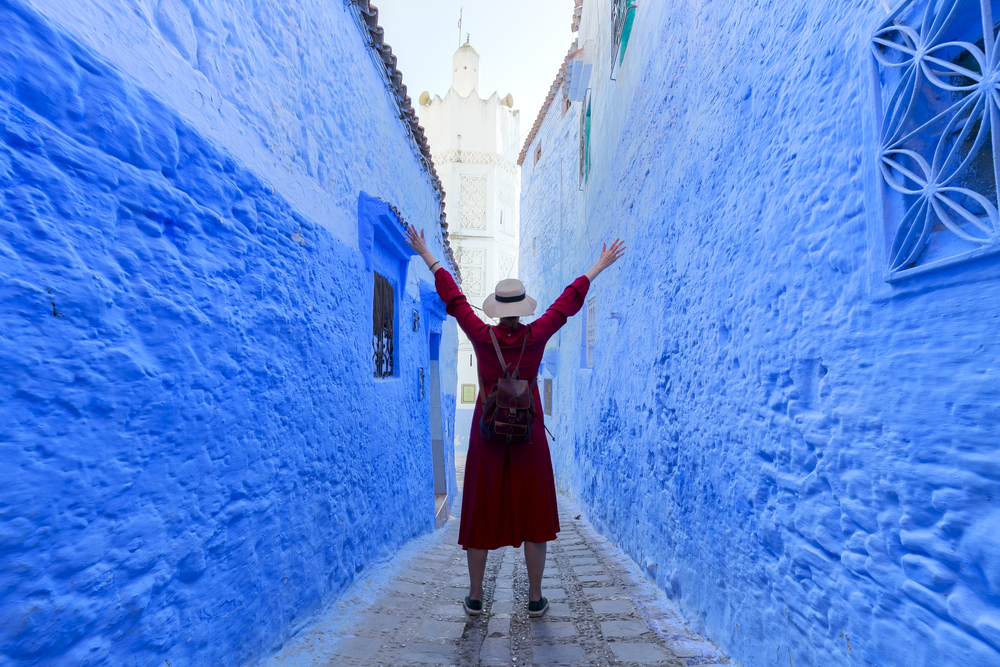
The blue-painted medina became Instagram gold, transforming this peaceful mountain town into a tourist hotspot practically overnight. The narrow alleyways now overflow with photographers positioning themselves for perfect shots, while locals struggle with the increased costs of living and commercialization.
The authentic Berber culture that originally made the town special is getting buried beneath layers of tourist-focused businesses.
Boracay, Philippines
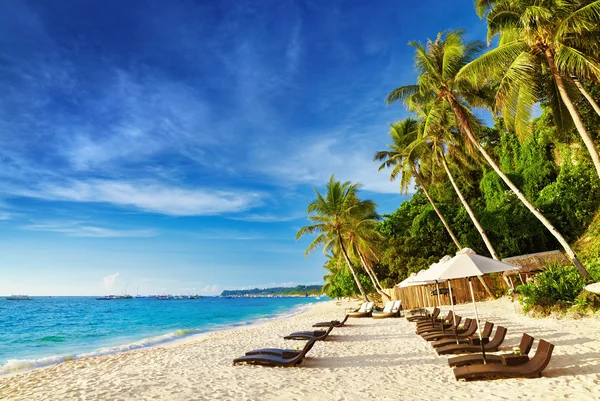
This tropical island’s powdery white sand beaches made it a social media favorite, but the fame led to an environmental catastrophe. The Philippine government shut down the entire island for six months due to sewage pollution, overdevelopment, and ecological damage from mass tourism.
When it reopened, strict visitor limits and environmental regulations were finally enforced.
Like Travel Pug’s content? Follow us on MSN.
Banff National Park, Canada

Lake Louise and Moraine Lake became some of Canada’s most photographed locations, though the beauty attracted more visitors than infrastructure could support. Traffic jams now stretch for miles during peak season, and parking lots fill before sunrise as photographers race to capture perfect shots.
The serene mountain experience has been replaced by crowds and commercialization.
Machu Picchu, Peru

While always popular, social media turned this ancient citadel into an absolute must-visit, creating sustainability nightmares. The UNESCO World Heritage Site now implements strict visitor limits and timed entry slots; yet, even these measures struggle to protect the 500-year-old ruins from erosion caused by foot traffic.
The spiritual connection to Incan culture gets lost among selfie sticks and tour groups.
Tulum, Mexico
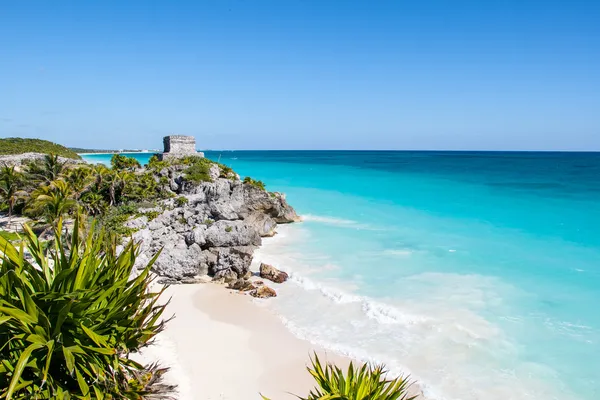
The clifftop Mayan ruins overlooking turquoise waters have become the ultimate boho-chic destination, but their popularity has destroyed much of what made them special. The laid-back beach town is now clogged with traffic, overpriced restaurants, and party crowds that clash with its spiritual reputation.
Environmental damage from overdevelopment has affected both the ruins and the nearby coral reef ecosystem.
Like Travel Pug’s content? Follow us on MSN.
Big Sur, California

This rugged coastline gained even more fame through social media, turning scenic pullouts into dangerous parking situations and overwhelming small communities. McWay Falls and Bixby Bridge now see constant crowds that damage vegetation and create safety hazards as people climb barriers for photos.
The contemplative drive that inspired countless artists has become a stressful navigation through tourist traffic.
Mount Fuji, Japan

Japan’s sacred mountain became even more of a climbing destination thanks to social media, but the increase in inexperienced hikers has created serious problems. Trail damage, litter, and rescue operations have multiplied, while the spiritual significance of the climb gets overshadowed by summit selfies.
Local authorities now struggle to strike a balance between cultural respect and tourism management.
Skógafoss, Iceland
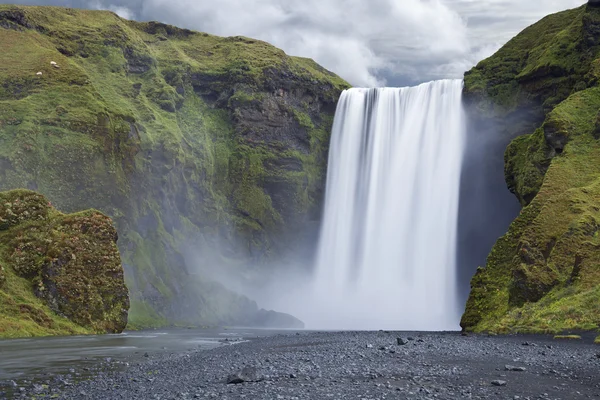
This powerful waterfall has become an Icelandic tourism icon, but its accessibility has made it too popular for its own good. The area around the falls is constantly crowded with tour buses, and nearby camping areas are overwhelmed during summer months.
Getting a peaceful moment to appreciate the natural power of the 200-foot cascade requires arriving at inconvenient hours or visiting during harsh weather.
Like Travel Pug’s content? Follow us on MSN.
Positano, Italy

The colorful cliffside town became the poster child for Amalfi Coast luxury lifestyle content, but fame brought unsustainable tourism levels. The narrow coastal road is now constantly gridlocked, and the small town struggles with cruise ship crowds that overwhelm local infrastructure.
Authentic Italian coastal culture is being replaced by tourist-focused businesses and inflated prices.
Crater Lake, Oregon
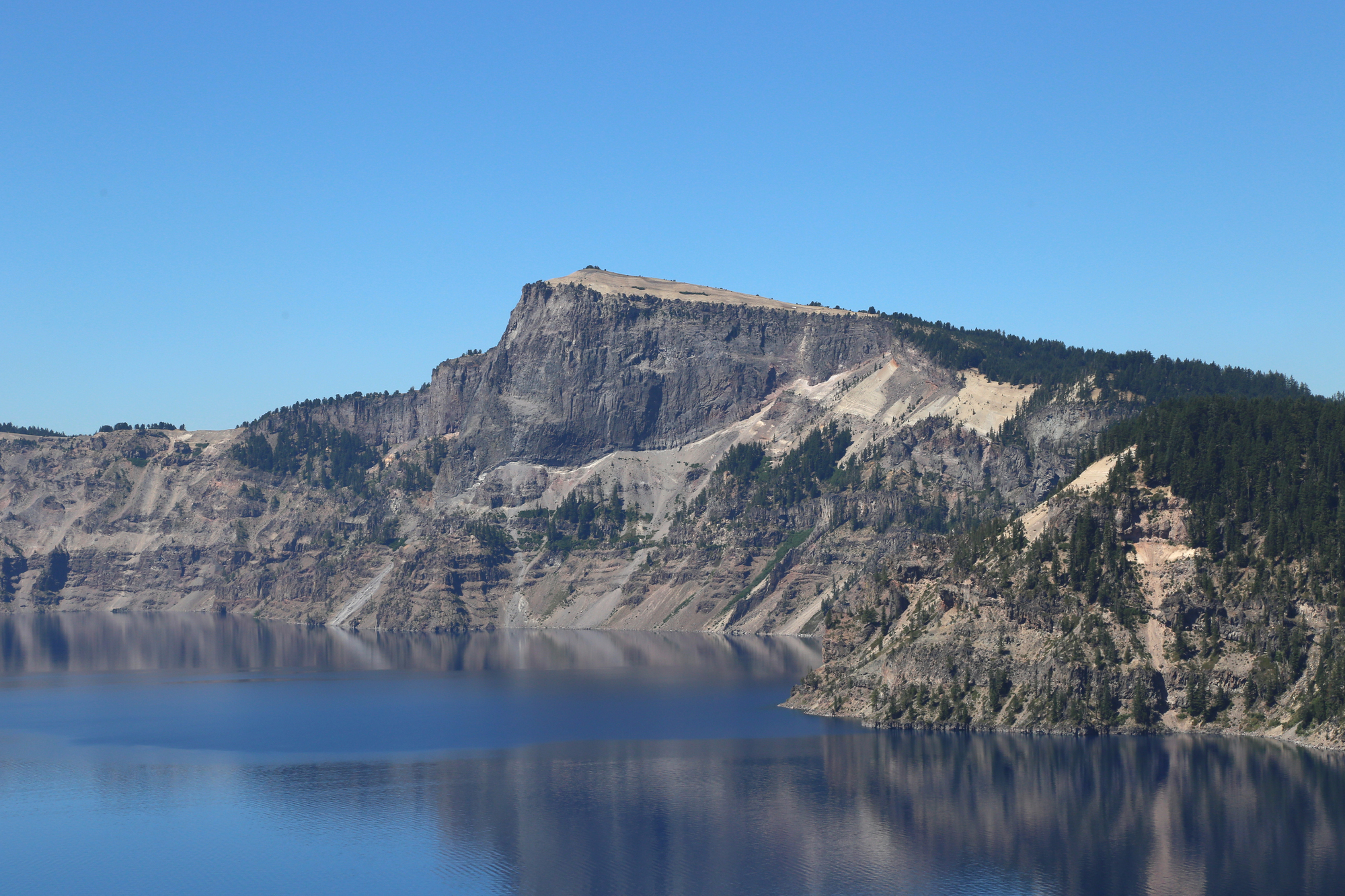
This pristine volcanic lake gained social media fame for its impossibly blue waters, leading to overcrowding that threatens the very clarity that made it famous. Parking at viewpoints becomes nearly impossible during peak season, and the increase in visitors has strained the delicate ecosystem.
The meditative experience of Oregon’s only national park has been replaced by crowds and competition for viewing spots.
When Digital Discovery Goes Too Far

The transformation of these destinations reflects a broader challenge in our hyperconnected world, where digital discovery can instantly overwhelm physical spaces. Many of these places developed their infrastructure and communities over centuries, never designed to handle the immediate global attention that social media delivers.
The real solution lies in learning to appreciate places without broadcasting every moment, allowing some magic to remain unposted and unspoiled for future generations.
Like Travel Pug’s content? Follow us on MSN.
More from Travel Pug

- 20 Best Beach Towns in the Carolinas
- 13 Destinations Where Tourists Regularly Regret Their Trip
- 20 Destinations That Are More Magical Without an Itinerary
- 20 Underrated Adventures That Belong on Your Travel List
- 20 Cities Where You Should Just Wing It, No Planning Required
Like Travel Pug’s content? Follow us on MSN.N.
